Why These Humans Are Museum Treasures, Too
A portrait photographer captured 24 staffers from the National Museum of Natural History posing with their favorite artifacts from the collections
“They've dedicated their life to studying science. To furthering our knowledge of the universe,” says photographer Paul Fetters of his recent subjects, curators, staffers and research scientists at the National Museum of Natural History. “What's not to like?
The museum commissioned Fetters to take portraits of its staff. He asked each subject to choose a favorite item from the museum's collections to bring to their session.
There was one drawback, however: “If something so meaningful was so small we couldn't see it I would encourage them to find something a little larger that was meaningful,” Fetters says.
But Christopher Milensky, collections manager of vertebrate zoology, couldn't choose just one object. He posed with three mounted birds including a great curassow, a Mandarin duck and a king penguin.
“Behinds the scenes, for each one of those portraits there would be like 20 minutes of the curator preening the objects,” Fetters says. “Like Chris with his birds, I was taking pictures of him before we really started. A little spit on his fingers, arranging the feathers in this way. Everyone loves the objects of their studies.”
Ted Schultz, curator of ants, poses with one of his mounted collections and a headlamp on his forehead. This is not his first career. Or even his second or third.
“I went back to school for biology in my 30s,” Schultz says. He is a former bartender, freelance writer, bicycle messenger, cab driver, etc. “I had done a million other things, but I always loved animals and insects. I read E.O. Wilson’s book, The Insect Societies, which galvanized my interest in social insects. Insects have small brains and a lot of what they do is hardwired, but social insects do incredibly complicated things. Some sacrifice their lives for other individuals, they have wars, grow fungi, herd aphid ‘cattle.’”
Amanda Lawrence, lead technician for the collections program poses with a green sea turtle, but her work touches on the health and safety of the collections that nearly all of the other scientists study.
“For my thesis, I tested different taxidermied specimens for arsenic and other heavy metals,” Lawrence says. “So I was testing for the health of museum staff, but also for the preservation of the specimen. There’s a science to understanding how we keep these specimens stable so they can be tested and studied far into the future.”
William Moser holds a small, spiraling mollusc in front of his face for his portrait. Moser is the acting collections manager for invertebrate zoology. He likes this shell of an exinct Calliotropis tominiensis because it demonstrates the discoveries that can hide for over a century in a museum's collections.
“It was collected on an expedition to Indonesia in 1909, but the species wasn’t named and described until 2016,” Moser says. “The scientists who discovered it relied upon this exact specimen. . . We can never predict when or how our collections will be useful to researchers, but we take care of them because we know that each object has the potential to change our understanding of the world.”
“For me, the best work is when you just love what the subject does and then you can celebrate that with them through photography,” says Fetters, who specializes in portraiture in the Washington, D.C. area.
“It's always with people,” Fetters says. “I do a lot of work with the Archdiocese of Washington. priests and monks. This assignment kind of reminded me of that. Anyone who has committed their life to something, there's something about them where they're joyous about it.”
/https://tf-cmsv2-smithsonianmag-media.s3.amazonaws.com/accounts/headshot/JacksonLanders.jpg)
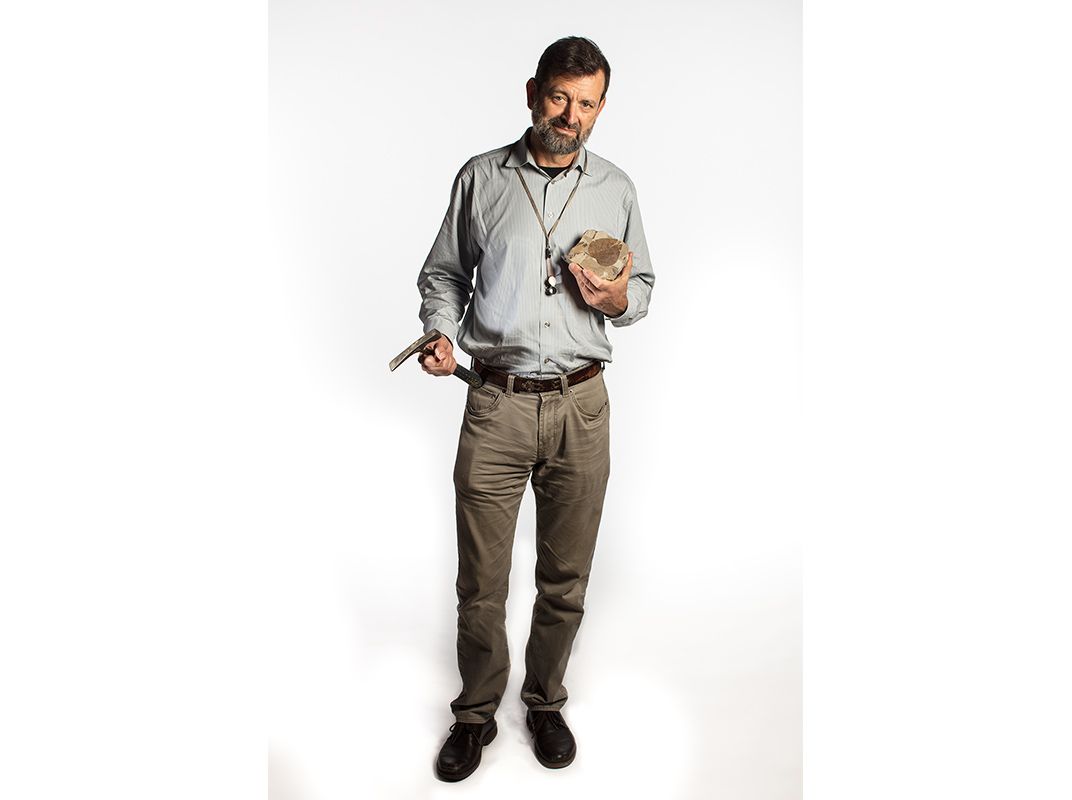
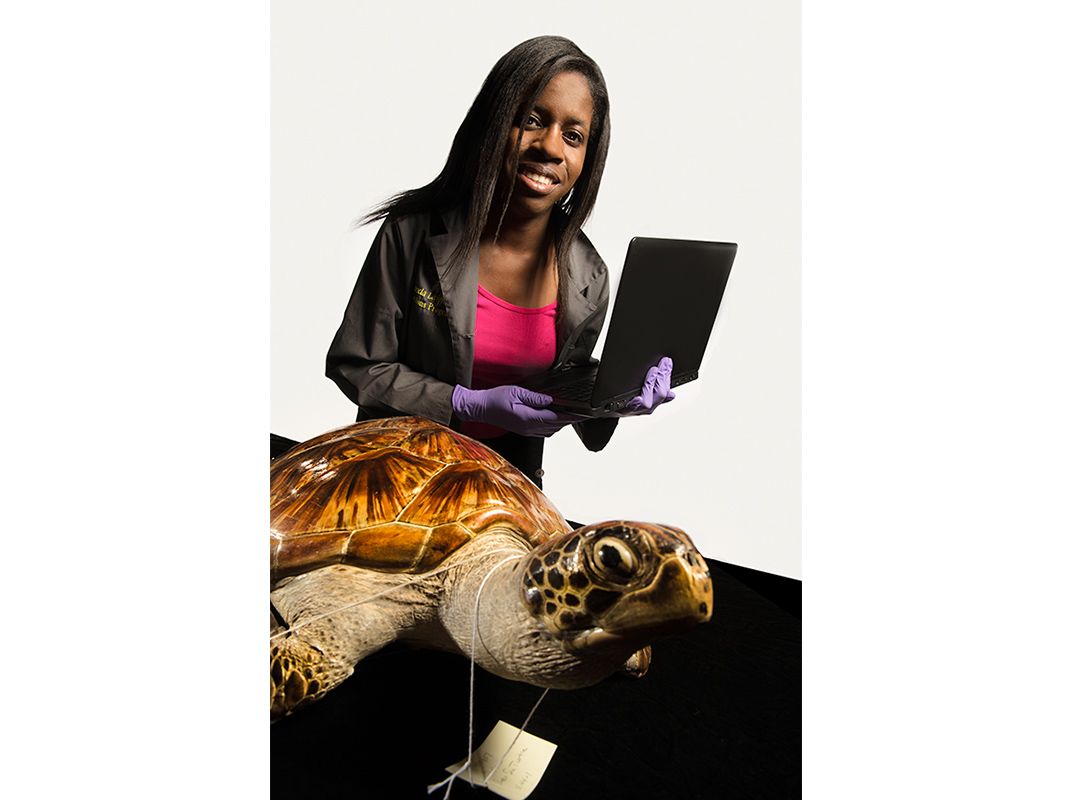
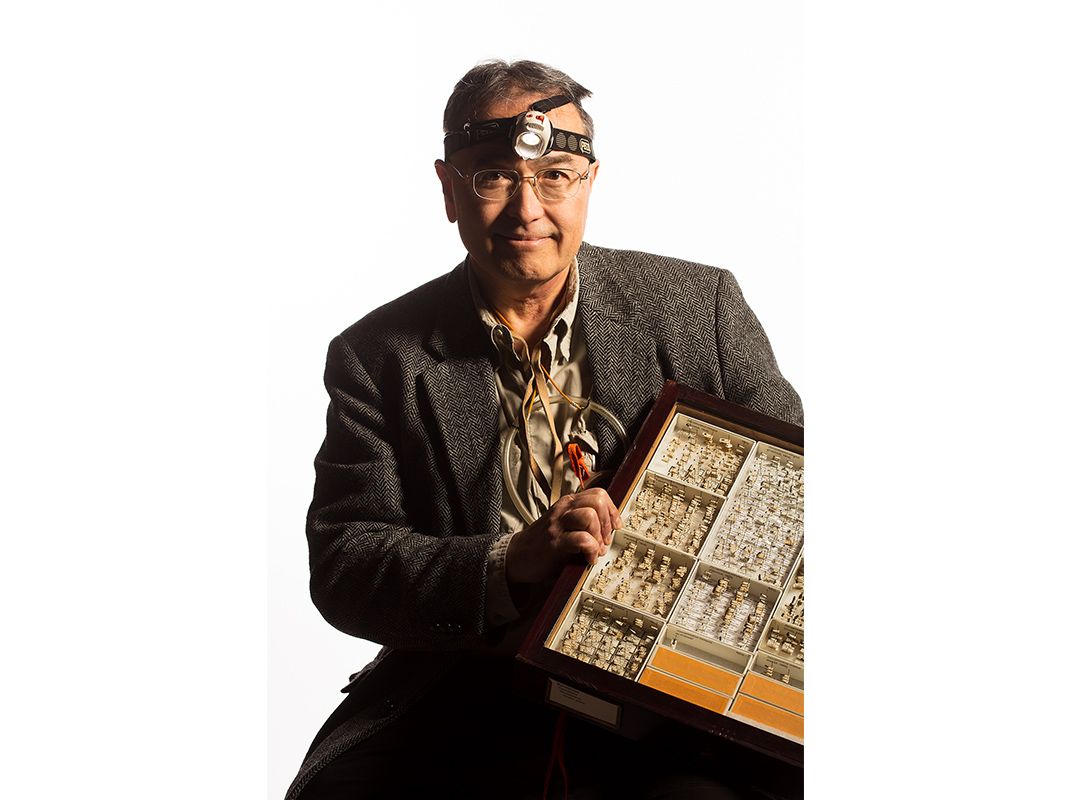
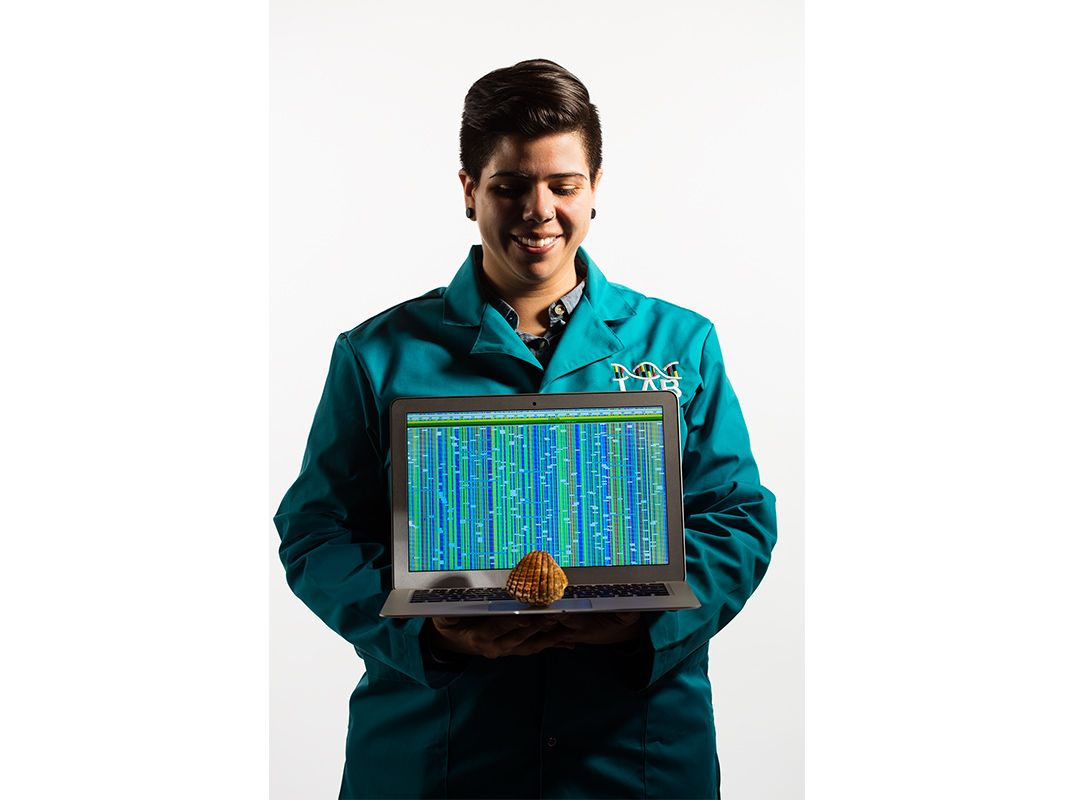
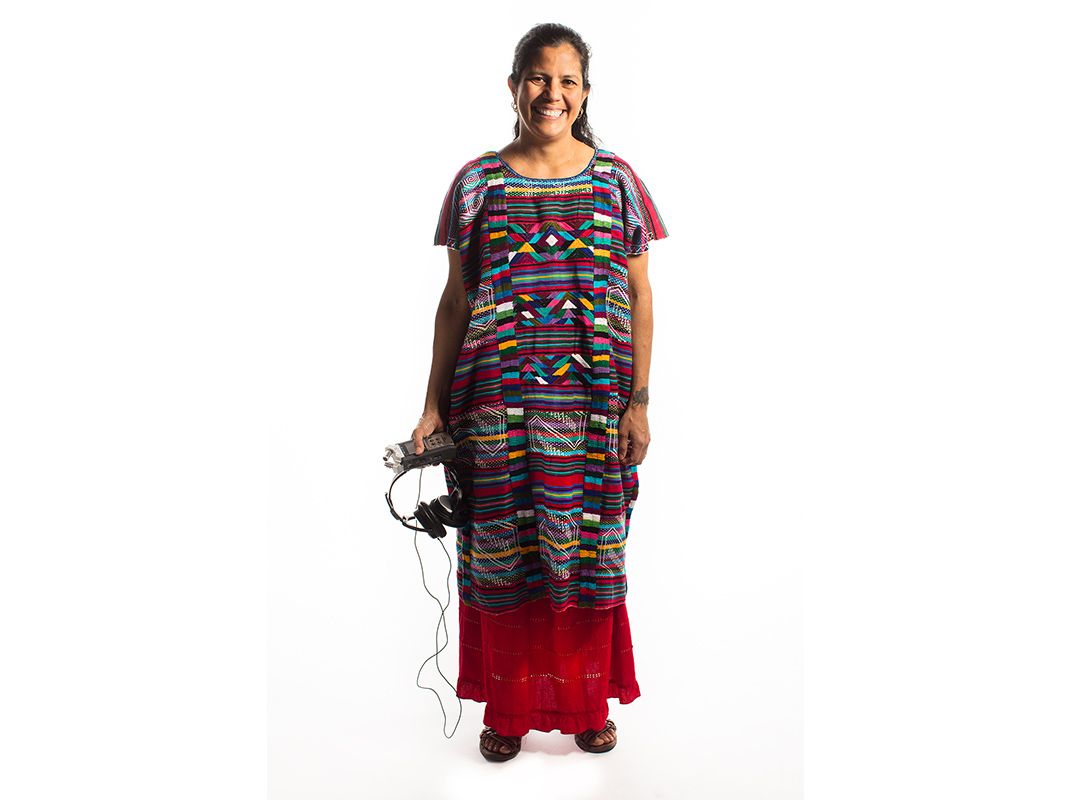
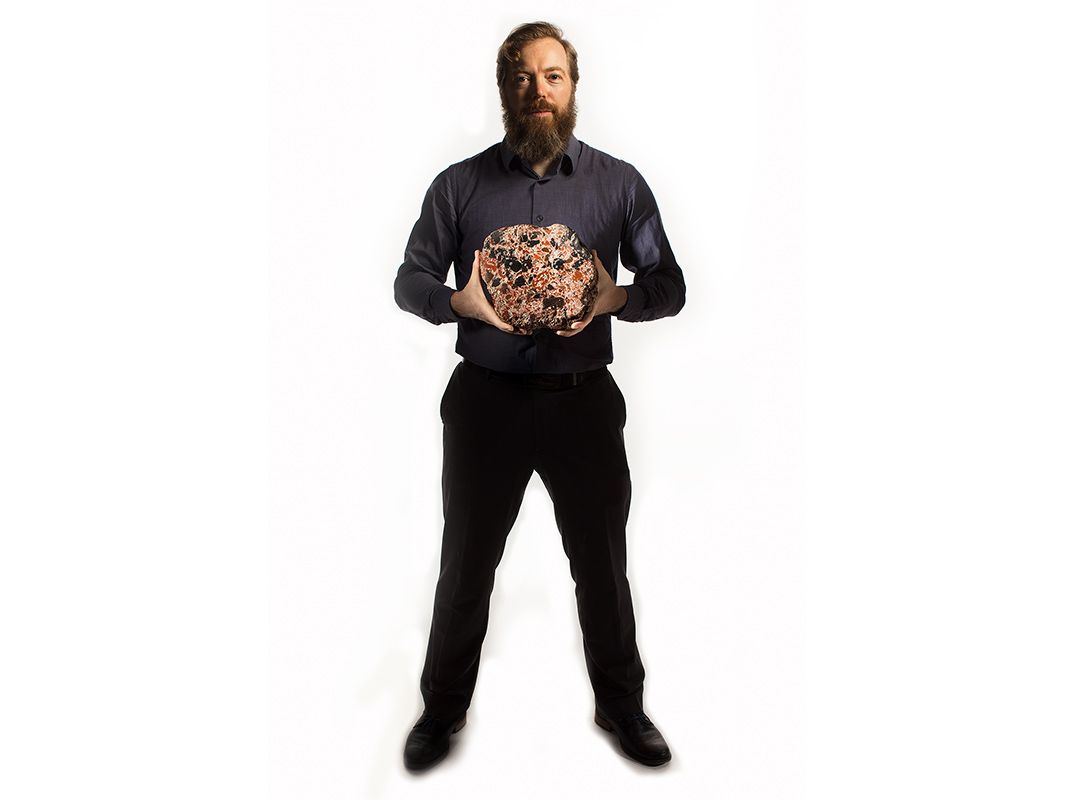
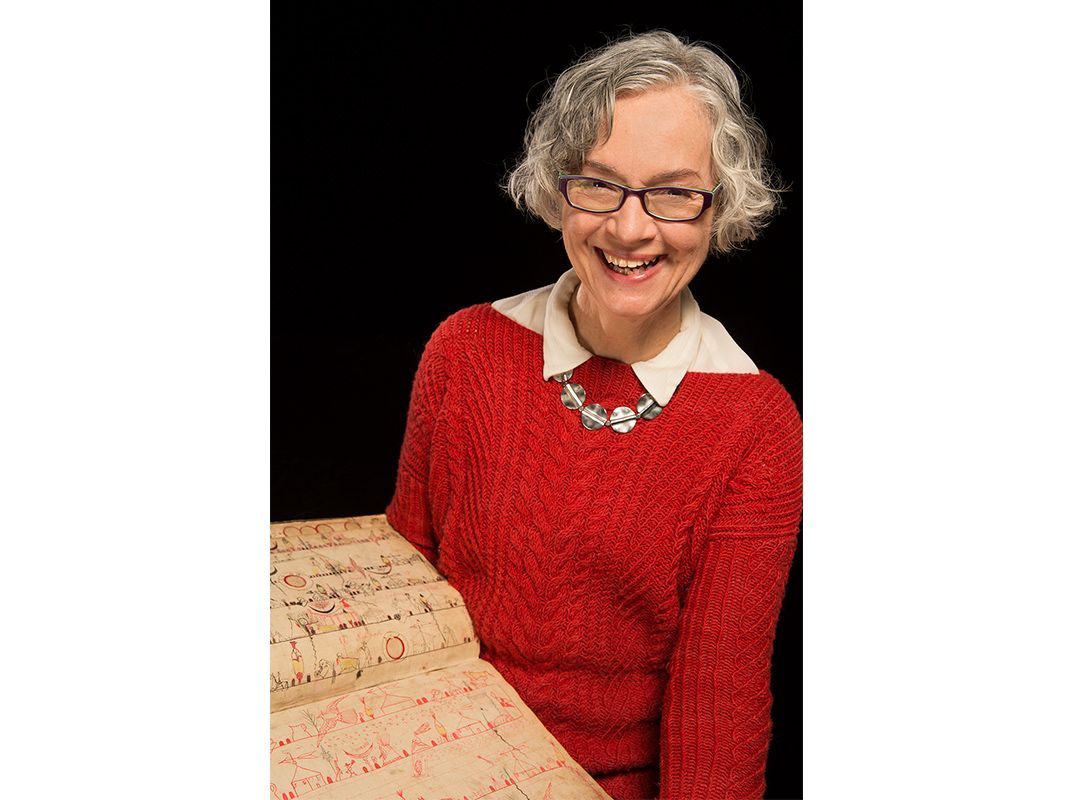
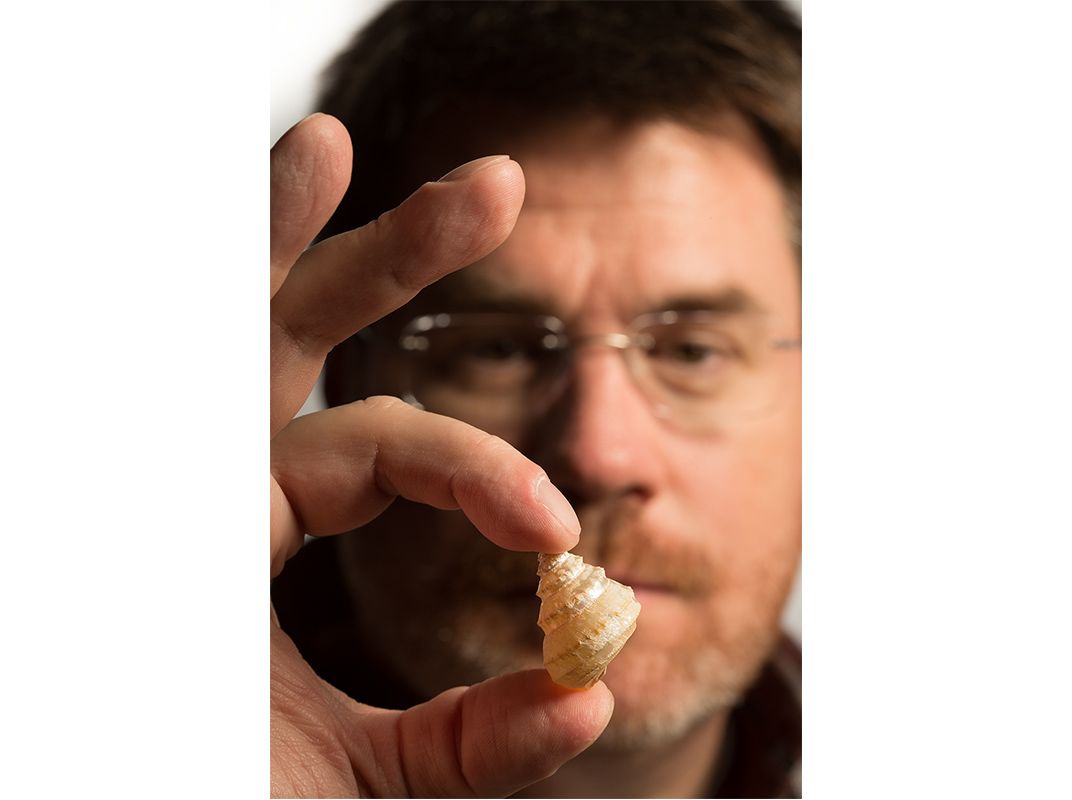
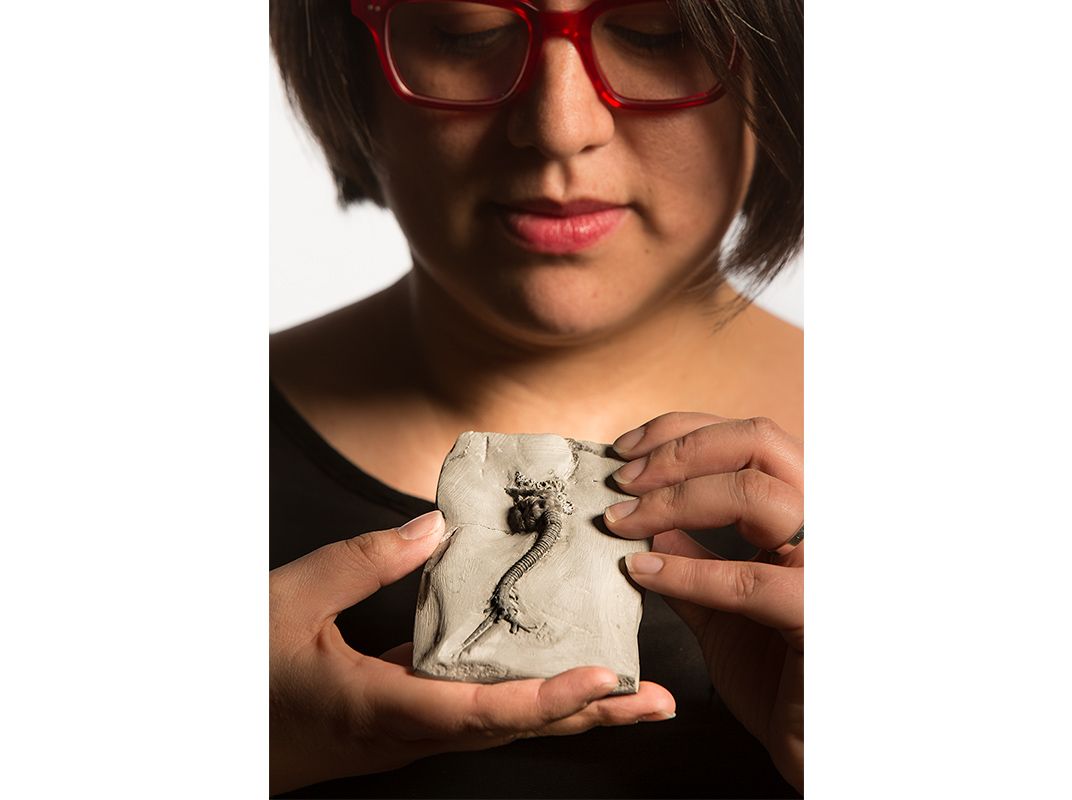
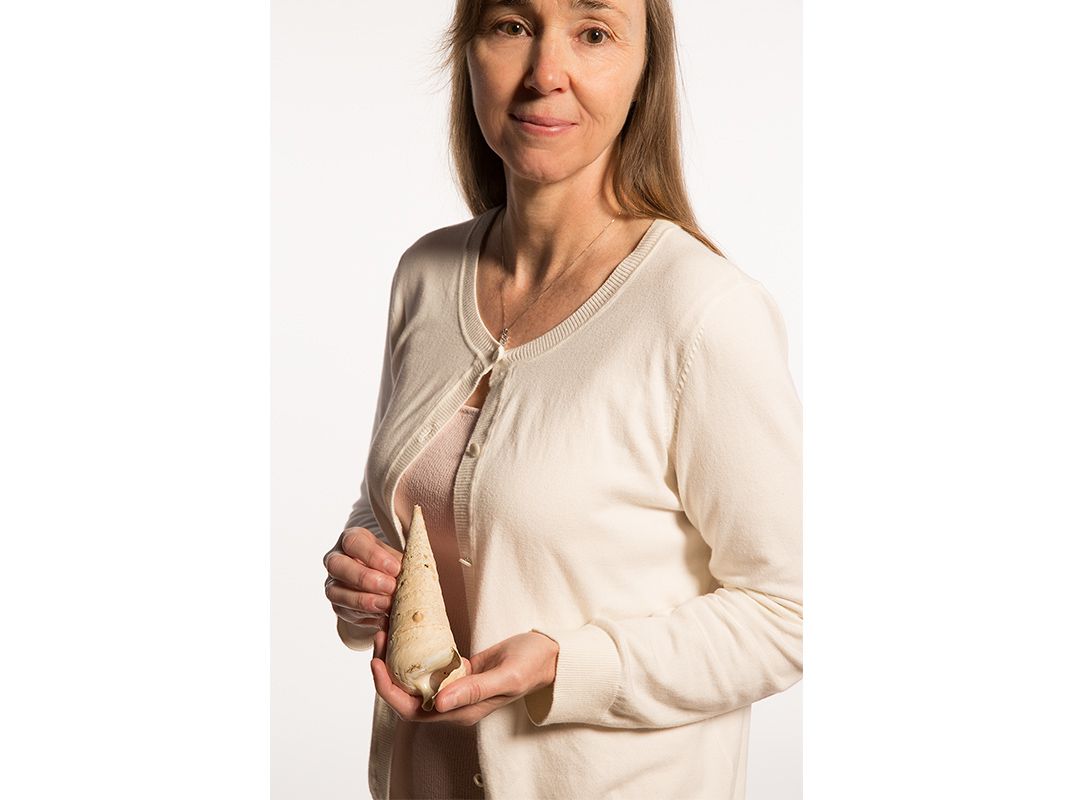
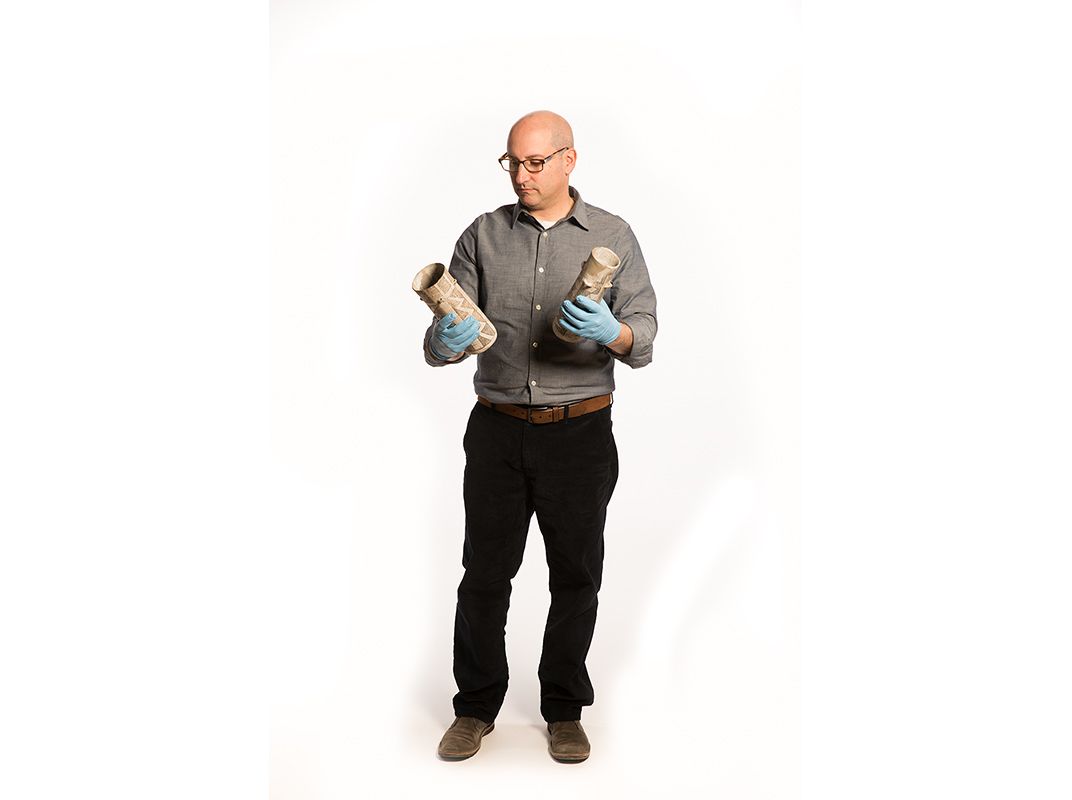
/https://tf-cmsv2-smithsonianmag-media.s3.amazonaws.com/filer/b2/73/b2731786-d96b-48b3-a286-8f29e22a8546/nmnh_170112_1527-wr.jpg)
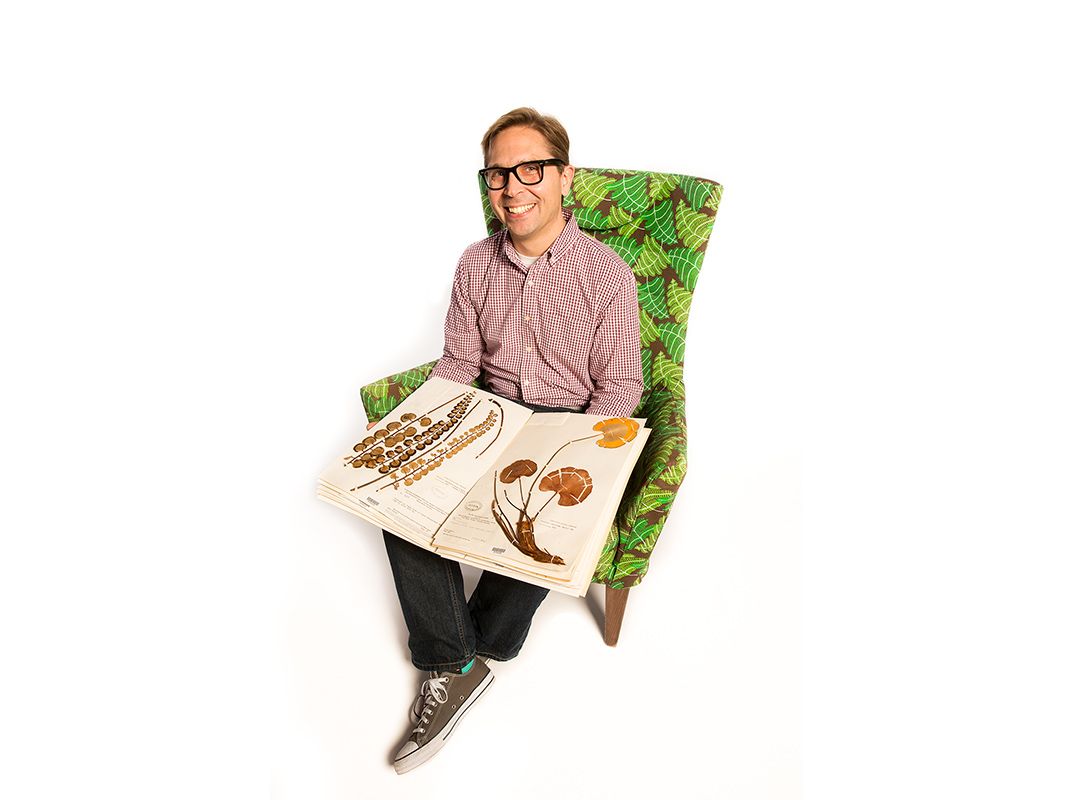
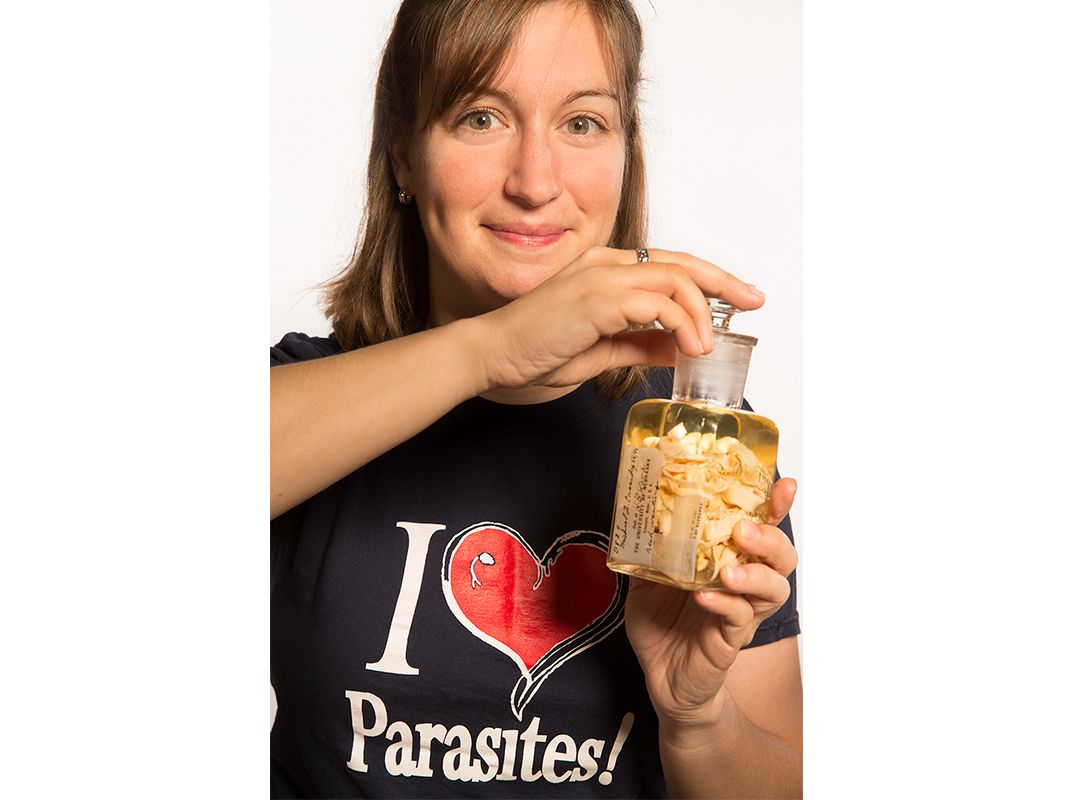
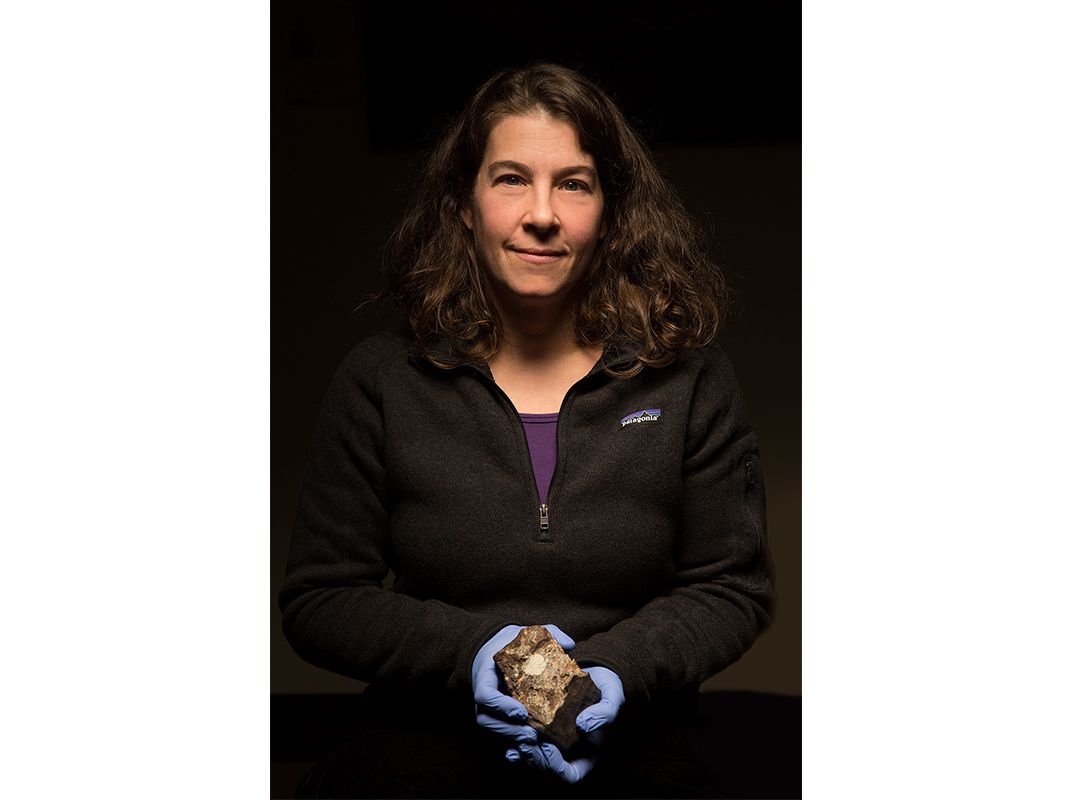
/https://tf-cmsv2-smithsonianmag-media.s3.amazonaws.com/accounts/headshot/JacksonLanders.jpg)